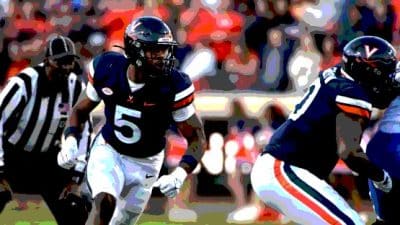
June is normally what we consider a transition month for bass. This is in reference to the movement of bass from their spawning flats to their deepwater summer hangouts. Knowing that these often big groups of bass are heading towards deeper water and what areas and bait to key on can be the difference for you in June and the first parts of summer.
Sometimes during June the fish are just starting to move out of spawning coves and might not yet be out on the main lake – depending on how far south you fish. Main-lake points and humps are the places you want to find. June is an excellent time of year to catch bass on these main-lake points because they’ve started schooling up. They are still trying recover from the spawn so they want to eat – especially shad. Whatever kind of shad may be in your favorite fishery will be trying to spawn on these long, flat points in shallow water, and the bass are going to follow them.
The other thing to keep and eye on this time of year is current. In a lot of manmade reservoirs, they are using the water to generate electricity. When they are generating power, the current is pulling shad and bait across those points, and the bass will lock in on that. Bass will continue to key on these areas until they start going into their fall pattern.
Depending on how cold the spring was, start looking at points in the back of pockets. The colder the spring, the further back in those pockets the bass will be. Start on those secondary points and start working your way towards the main lake. The big key here is to look at a lake map and find where the creek or river channel bumps into the point of hump. That’s the ticket right there, because those channels are the main highway for bass. Wherever the channel bumps into long, flat points – that’s where the fish will be. There may be 20 fish at each of these. Most times the water will be 5-15 feet deep, but in clear water (like Table Rock) they could be as deep as 20 feet.
This time of year, I start off first thing in the morning with a topwater bait. I’ll walk a Berkley Frenzy Popper – any color with a white belly – on 15-pound Berkley Big Game line. I’ll spool that line on a high-speed (7.1:1) Abu Garcia REVO STX on a 6-foot, 6-inch medium-fast Fenwick Techna AV. Just make long casts to the point and see if you can get something to come up and eat.
If that doesn’t produce, I switch to the new Berkley Football Head Gripper Jig with the twin trailer behind it. I throw it on a seven-foot medium-heavy, fast Techna AV with a standard-speed retrieve REVO STX on 20-pound Berkley Trilene 100 percent Fluorocarbon. I cast the jig to the top the top of the point and then bounce and drag it all the way out. Brown jigs seem to work best, but in really stained water I will go with black, blue or combinations of the two.
Beyond the jig, the Berkley Power Bait 10-inch Power Worm is standard issue for summer bass fishing anywhere in the country. I use the same Fenwick rod and reel that I use for the jig set up and downsize my line to 15-pound Trilene 100 percent Fluorocarbon. I Texas rig the worm with a 3/8-ounce tungsten weight and a 5/0 wide-gap worm hook and fish it the same way I did the jig: just drag and bounce the worm from the top of the bottom all the way out.
Keying on the points and humps during the summer transition can put a lot of fish in the boat and allow everyone on board to get in on some of the furious fishing action to be had this time of year. Start with the maps and find your spots and work them with these three baits and you’ll find schools – sometimes really big schools – and have a head start on everyone else that’s looking for big bass.
Scott Suggs is the 2007 FLW Champion and the first angler in professional bass fishing to win $1 million in a single tournament.










